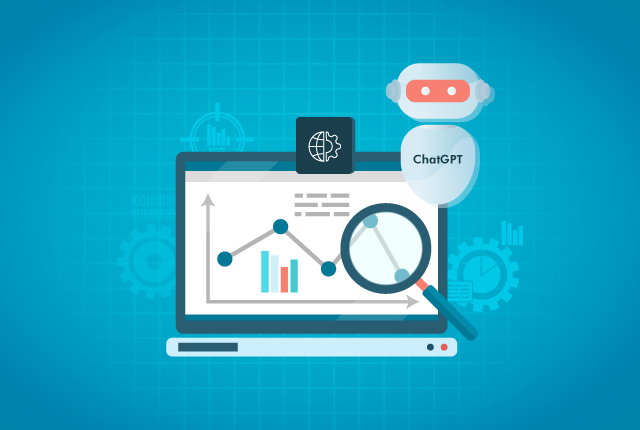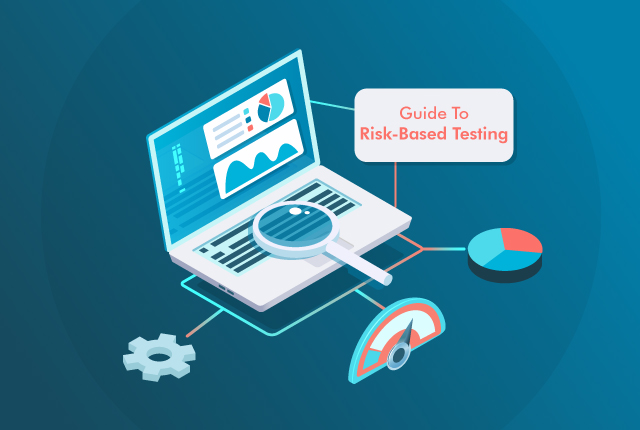In today's digital age, eLearning platforms have become an integral part of education, which offers flexible and accessible learning opportunities to students of all ages. Ensuring their quality is important with the increasing demand for eLearning applications. Quality assurance guarantees that eLearning platforms deliver a seamless and enriching learning experience. Strategies for effective QA on eLearning platforms involve a comprehensive approach encompassing various aspects, including functionality, usability, accessibility, and security.
QASource Blog
In our blog, we take a deep dive into the latest QA strategies, methodologies, and industry best practices driving the world of quality assurance. Follow our blog to get new ideas as to how to effectively deliver high-quality, bug-free software products, websites, and applications, while keeping costs low.

Gone are the days when skill-set availability and language compatibility were challenging when working with a nearshore partner. The situation has improved, and many companies are embracing offshore and nearshore testing. What is it about nearshore QA testing that makes it so appealing?
A healthy QA culture results in strong, confident teams. And with a powerful team in place, you can produce exceptional products and achieve greater success when going to the market. While the task of building great culture belongs to the QA Team Manager, it’s up to each member of your software QA team to participate and contribute towards a healthy workplace culture.
The GitOps is an operational framework that takes DevOps finest practices used for development such as collaboration, compliance, version control, and CI/CD, and applies them to infrastructure automation.
Log analysis is a critical aspect of the quality assurance (QA) process, enabling testers and developers to uncover defects, diagnose issues, and enhance application performance. To meet the growing demand for efficient and accurate log analysis, organizations are increasingly adopting automated log data analysis like ChatGPT. In this article, we will explore how leveraging ChatGPT enhances log analysis, boosts productivity, and delivers exceptional testing outcomes.
AI and ML are transforming the way that retailers do business, and their use in retail app testing can help organizations improve their accuracy, efficiency, and customer experience. In this blog post, we will explore the benefits of AI and ML in retail testing, the different types of AI and ML used in this context, the challenges of implementing these technologies, and best practices for successful implementation. We will also discuss the role of QASource, a software testing and quality assurance provider, in using advanced technologies to ensure that retail apps are functioning optimally.
Modern applications are highly complex and require a lot of testing. A common complaint of QA and software developers is the lack of time given to test out every facet of a program. A risk-based testing method can address this issue. This method focuses on risks that the software is likely to encounter based on its complexity, intended use case, and design. Read on to learn more about risk-based testing and its importance to software development.
These days, people not only want but need to do more with less. CEOs and Product Managers want to stay competitive by releasing new features while keeping their resources lean. Is it even possible to reach these two goals without sacrificing product quality?
A significant change the software industry has seen in the past few years is solving infrastructural and operational issues in an automated fashion. Large organizations like Amazon and Netflix are doing so by embracing DevOps techniques. DevOps is evolving rapidly, making it necessary to adopt DevOps to stay ahead of your competitors and be ahead of the growth curve.
Written by QA Experts
QASource Blog, for executives and engineers, shares QA strategies, methodologies, and new ideas to inform and help effectively deliver quality products, websites and applications.
Categories
Authors
Our bloggers are the test management experts at QASource. They are executives, QA managers, team leads, and testing practitioners. Their combined experience exceeds 100 years and they know how to optimize QA efforts in a variety of industries, domains, tools, and technologies.








